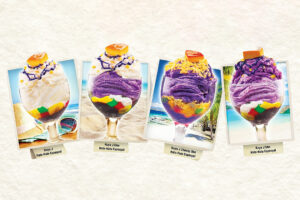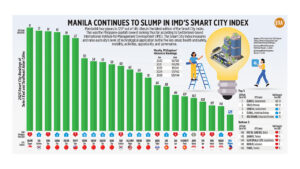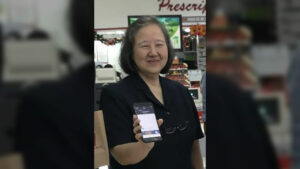Is there a brand Philippines?

ASIDE from personal experiences in a country, it’s not just tourism or airline destination ads that shape the brand of the country. Projections of the travel industry focus on places and their allure including beaches, temples and landmarks like in other countries, the Big Ben or the Parthenon.
How does a country establish its global image? Is there a brand Philippines?
A negative profile can come from news items and word of mouth from visitors with nasty local encounters. Travel advisories can also highlight the negatives. There are tourist stories of bag-snatching, planting bullets in the suitcase, mugging in the subway and even political turmoil. With social media, the negative news ripples can extend even further.
The diaspora of over two million OFWs can also shape the traits associated with the country and its people. Why are there even that many countrymen leaving the country? If one includes those who have acquired citizenship in other countries, the number of emigrants (and the image they create) can be more widespread. Of course, the inward remittances of Filipinos abroad have contributed to the foreign exchange revenues of the country and raised the consumption levels in the GDP.
How can we define the brand of the country? A focus group may be organized to include foreigners. What branding can emerge from such a process? Of course, with a small sample, this may be an unreliable approach, much like those ubiquitous surveys of likely winners of the electoral contest coming up. How accurate are surveys anyway? Incentive, not methodology, can determine results.
Here’s how the focus group can work. Start with a word-association test from the participants. What words come to mind when we talk of the Philippines? Words and phrases tumble out to create a personality or parts it that contribute to the country’s brand.
Hospitality, politeness and courtesy, sunny beaches, laughter, Spanish influence, jeepneys, zigzagging motorcycles, heavy traffic, good restaurants, lively night life, golf courses, dark unlighted avenues, bouncing checks, big families, service with a smile, vintas, western work ethic, good accountants, English-speaking (sort of), food for every meeting. (How often do these people eat?)
The brand image to be projected from the results of the word-association exercise may change too, depending on the target audience. Business investment and tourism may use different approaches.
The appeal of a country can be diverse, when it is even on the subject’s radar. (Where exactly is that country?) Even with over a hundred million inhabitants, with over eight million representative OFWs in every country on earth, the Philippines as a brand can still draw a blank. (What language do they speak there?)
A country is not seen as a single personality with a defined personality. It is usually thought of as different persons, depending on who’s looking, much like the elephant defined diversely by each of the three blind men. Even a country at its worst can have some attraction for certain types of visitors, as the Gaza strip for war journalists.
What is the Philippines’ brand?
Hitting on the right “ownable” image to project can click with countries as well as products. (We cannot claim to be the center for AI development.) A country’s image not only attracts a certain kind of tourist or investor; it also determines the kind of media stories that will frame its context. Thus, Hong Kong is often a commercial more than a lifestyle story. Israel is more political than business. The Hague is not advertised for its scenery and landmarks. It’s more famous for its courts.
While brand managers are struggling with the image that can contribute to brisk business for the country, the enduring brand that persists, perhaps because of the archipelago and those 7,100 islands, is the obligatory, white-sanded beach.
Maybe, there is the beautiful woman walking along white sands unmindful of her scanty attire, and holding a mobile phone, with a beautiful sunset on the background glimmering against the water. The caption can read… “The Philippines, text capital of the world.”
Tony Samson is chairman and CEO of TOUCH xda




